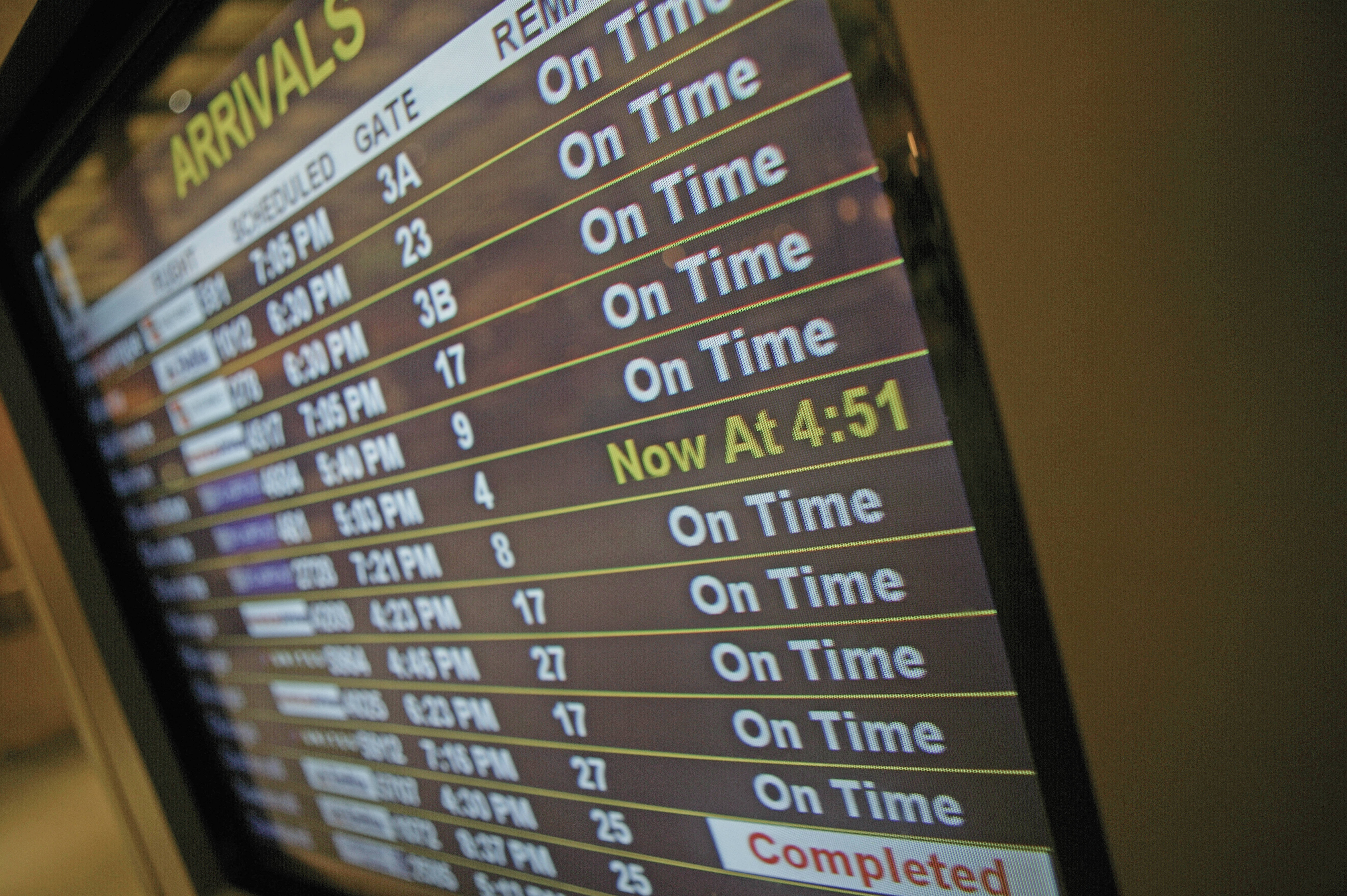Airport Status: Understanding States, Determination, and Information Dissemination
Introduction
Air travel has always been a significant part of my life, connecting me to people, cultures, and economies worldwide. Staying informed about the status of an airport is crucial for a smooth journey. Based on my experiences and what I've learned, this article delves into the various states an airport can be in, how these states are determined, who assesses them, and how this information is shared with travelers.
States of an Airport
1. Open
An airport is in an open state when it's fully operational, with flights taking off and landing smoothly. Essential services like air traffic control, customs, security, and passenger facilities are all functioning. I've often experienced this seamless state, especially during clear weather and regular operations.
2. Restricted Operations
Restricted operations occur due to weather conditions, construction, or unexpected events. During such times, some runways or terminals might be unavailable. For instance, I've encountered situations where bad weather led to temporary shutdowns of certain runways, causing delays.
3. Closed
An airport is closed when all flight operations are suspended, usually due to severe weather, security threats, or maintenance. It's frustrating when you find out at the last minute that your airport is closed, and you're rerouted to another airport.
Determining Airport Status
The status of an airport depends on various factors, assessed through data analysis and real-time monitoring:
1. Weather Conditions
Weather is a major factor. Adverse conditions like fog, snowstorms, or lightning can significantly impact airport operations. Tools like the FAA's National Airspace System Status provide real-time weather updates, crucial for making informed travel decisions.
2. Safety and Security
Passenger and crew safety is paramount. Security threats or technical issues can lead to airport closures or restrictions. I remember a time when a security alert delayed my flight, emphasizing the importance of strict safety protocols.
3. Infrastructure Maintenance
Scheduled maintenance or unexpected repairs can also affect airport operations. It's always best to check for any scheduled maintenance at your departure airport before traveling.
Entities Responsible for Determining Airport Status
1. Airport Authorities
Airport management teams play a vital role in monitoring conditions and deciding on the operational status. Their coordination with various departments ensures that any disruptions are handled efficiently.
2. Air Traffic Control (ATC)
ATC is crucial for managing air traffic and runway operations. Their role in maintaining safety and efficiency cannot be overstated.
3. Weather Services
Meteorological agencies provide vital weather updates that affect flight safety. Their collaboration with airport authorities helps make informed decisions.
Collecting and Disseminating Airport Status Information
Accurate airport status information is crucial, and several methods are used to collect and share it:
1. Online Platforms
Websites and apps provide real-time airport status updates. For example, OAG's flight status data offers detailed insights into flight statuses, helping travelers stay informed.
2. Airport Communication
Airports use public address systems, flight information displays, and announcements to keep passengers updated.
3. Airline Notifications
Airlines notify passengers about delays, cancellations, or schedule changes through emails, text messages, or mobile apps.
4. Media Outlets
Media reports also play a role in informing the public about airport disruptions.
Conclusion
Understanding an airport's status, how it's determined, and the entities responsible helps travelers make informed choices. With advancing technology, the dissemination of airport status information continues to improve, ensuring smoother travel experiences.
FAQ: Airport Status
Find more help here for your journey through the airport



